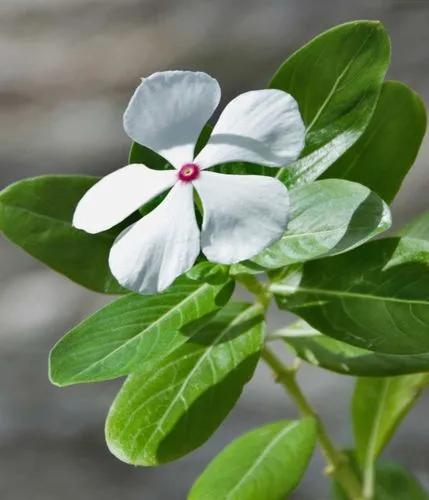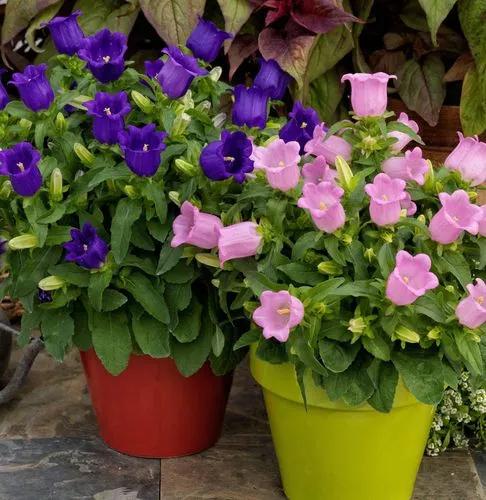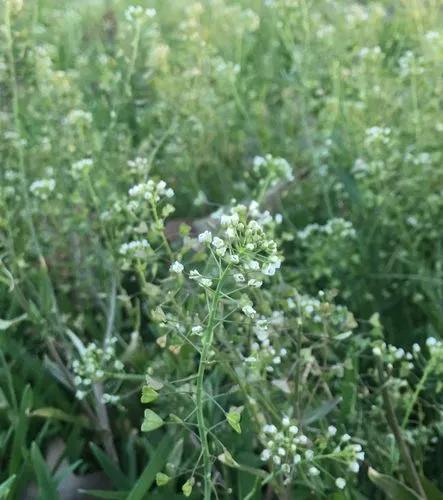Begonia dregei is a semi-tuberous, fleshy perennial that grows to about 40cm (16 inch) tall, typically with a swollen stem base (caudex). The stem are pale green to reddish green or gray-brown, hairless, branched or branchless. The leaves are small with the blade above green, often with reddish or purplish veins and margins, sometimes white-spotted, especially when young, hairless, beneath paler green, hairless, asymmetric, in outline ovate to ovate-lanceolate, apex acute to shortly acuminate, base deeply to very shallowly cordate or almost truncate, margins entire, toothed or with three to five short or long lobes, the lobes themselves sometimes lobed or toothed, veins palmate. The stipules are persistent, linear-oblong to ovate-oblong.The inflorescence appear in upper leaf axils. It is a few-flowered, bisexual cymose; the flowers are fragrant; the bracts are deciduous, ovate to broadly ovate or oblong. The male flowers are formed by tepals two, white, sometimes pink-tinged or pink, circular or kidney-shaped. The stamens are about 50, arranged in a flattened spherical mass and the anther connectives projecting. The female flowers have bracteoles absent or rarely present and then small and insignificant; the tepals are in number of five, same color as males, ovate, elliptic, almost circular or obovate. The flowers appear in spring and summer. The fruit is three celled capsule, about 1–2cm across the wings.
Begonia Dregei Care
Grape Leaf Begonia



How to Care for the Plant

Water

Water actively growing plants moderately, allowing the top couple of centimetres (0.8 inch) of the potting mixture to dry out before watering again. As growth slows down, reduce amounts of water gradually. During the winter rest period give to Begonia dregei plants just enough water to prevent the potting mixture from drying out.Use tepid water for these plants. Avoid getting water on leaves and flowers except for occasional necessary rinsing for grooming purposes.

Pruning

They respond to pruning to shape to please the eye.

Fertilizer

Apply a high-potash liquid fertiliser to actively growing plants about once every two weeks. Stop feeding the plants which are going dormant.

Sunlight

Give Begonia dregei plants bright filtered light all year round. Plants grown under natural sunlight on a windowsill will often perform best when provided with a south facing position in winter and est-facing one in summer.

Soil

Use either a peat-based mixture or a combination of equal parts of soil based mixture and coarse leaf mould.

Temperature

During the active growth period normal room temperatures are suitable for Begonia dregei. In temperatures above 18°C (64°F) stand pots on trays of moist pebbles. During the winter keep these semi-dormant plants at a temperature of about 13°C (55°F) in bright filtered light as they retain their foliage while resting.

Container

This species prefers a shallow pot. Put a layer of clay-pot fragments in the bottom of pots for extra drainage. When potting or repotting, simply sprinkle some mixture around the tuber and roots and tap the container briskly to settle the mixture.

Popularity

21 people already have this plant 6 people have added this plant to their wishlists
Discover more plants with the list below
Popular articles






